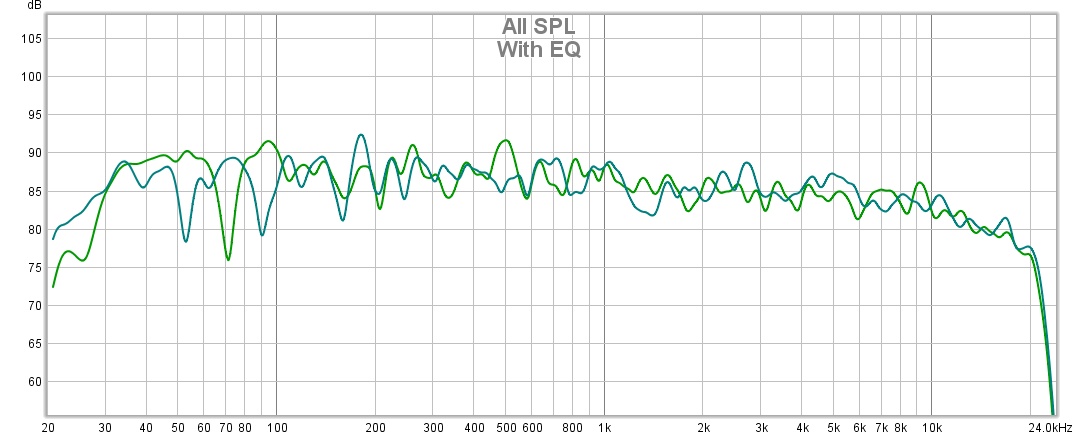eddantes
Addicted to Fun and Learning
- Joined
- May 15, 2020
- Messages
- 860
- Likes
- 1,849
Sub+standmounts are probably better with all the caveats mentioned above. Wether Kef or Revels will depend if you're in NA or Europe. As for sub - not sure you need to go that upscale as KC62, and again the brand will depend on your location as above.
As for sub placement and configuration - it doesn't need to be as hard or complicated as everyone here suggests to get to a "reasonable" end state. What works for me (right or wrong):
Yes you will still have room modes that affect the sound in ways you'd rather they didn't. Yes, you can improve things with a microphone and software - but you will need to spend time learning, or buy something that has Dirac live and let it handle the room for you. You will still need to start somewhere and if you start at a reasonble point (like I believe my advice offers) then measurements and room management will be a bit easier too.
Anyways - this is my experience - others may disagree.
As for sub placement and configuration - it doesn't need to be as hard or complicated as everyone here suggests to get to a "reasonable" end state. What works for me (right or wrong):
- Use the standard 80hz xover
- Use a room mode claculator to ballpark a location where a sub will least excite modes ~80hz or higher
- Ensure sub is in-phase - not that hard to do by ear and a tone
- Set sub volume low enough - that it doesn't seem to be contributing much if at all...
- Spend some time listening... and raise sub volume a notch
- Spend some time listening... and raise sub volume a notch
- Spend some time listening... if sub contributes too much - roll back 1/2 of last adjustment
Yes you will still have room modes that affect the sound in ways you'd rather they didn't. Yes, you can improve things with a microphone and software - but you will need to spend time learning, or buy something that has Dirac live and let it handle the room for you. You will still need to start somewhere and if you start at a reasonble point (like I believe my advice offers) then measurements and room management will be a bit easier too.
Anyways - this is my experience - others may disagree.
Last edited:
